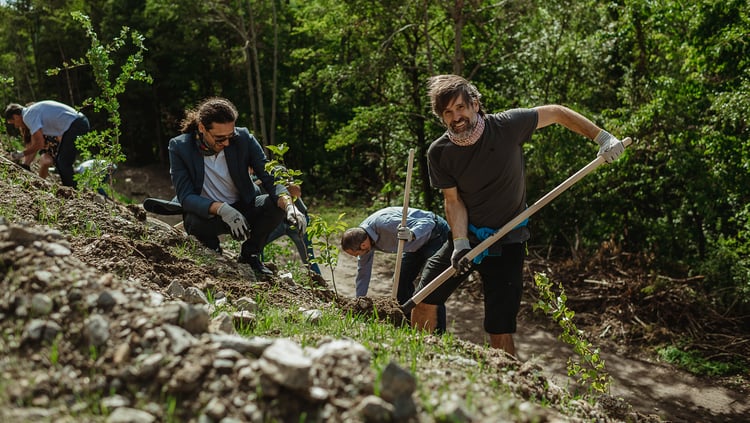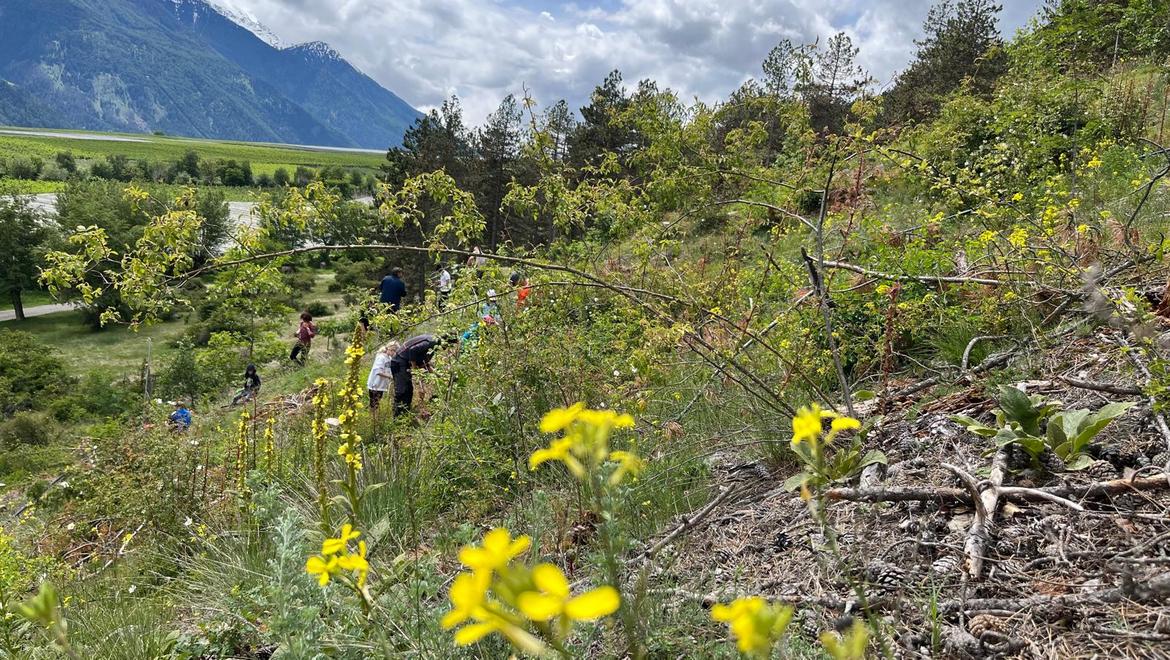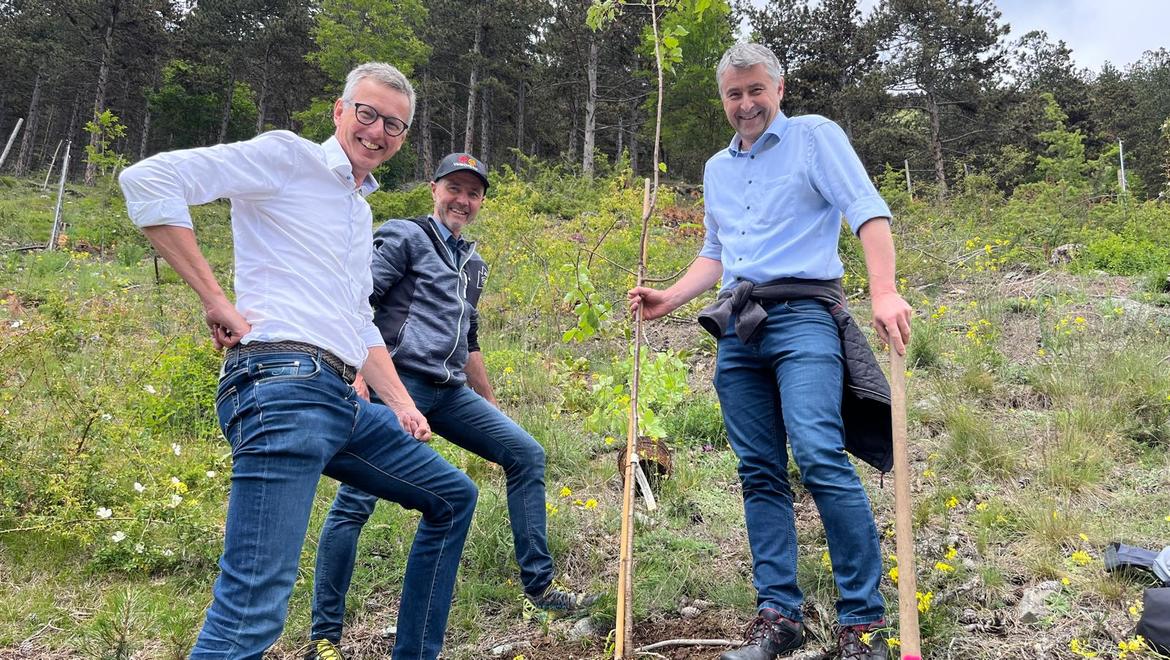
Flowering orchards as a food source
In spring, our orchards are an important food source for the bees. During the blossoming of the apple trees our apple producers allow the beekeepers to set up their beehives in their orchards. About 5,000 bee colonies buzz through Val Venosta’s orchards during the blooming period. This corresponds to about one bee colony per hectare. The trees offer them enough nectar and pollen and the bees then pollinate their flowers in return. In this way, the harvest is guaranteed and the quality of the fruits increases.















